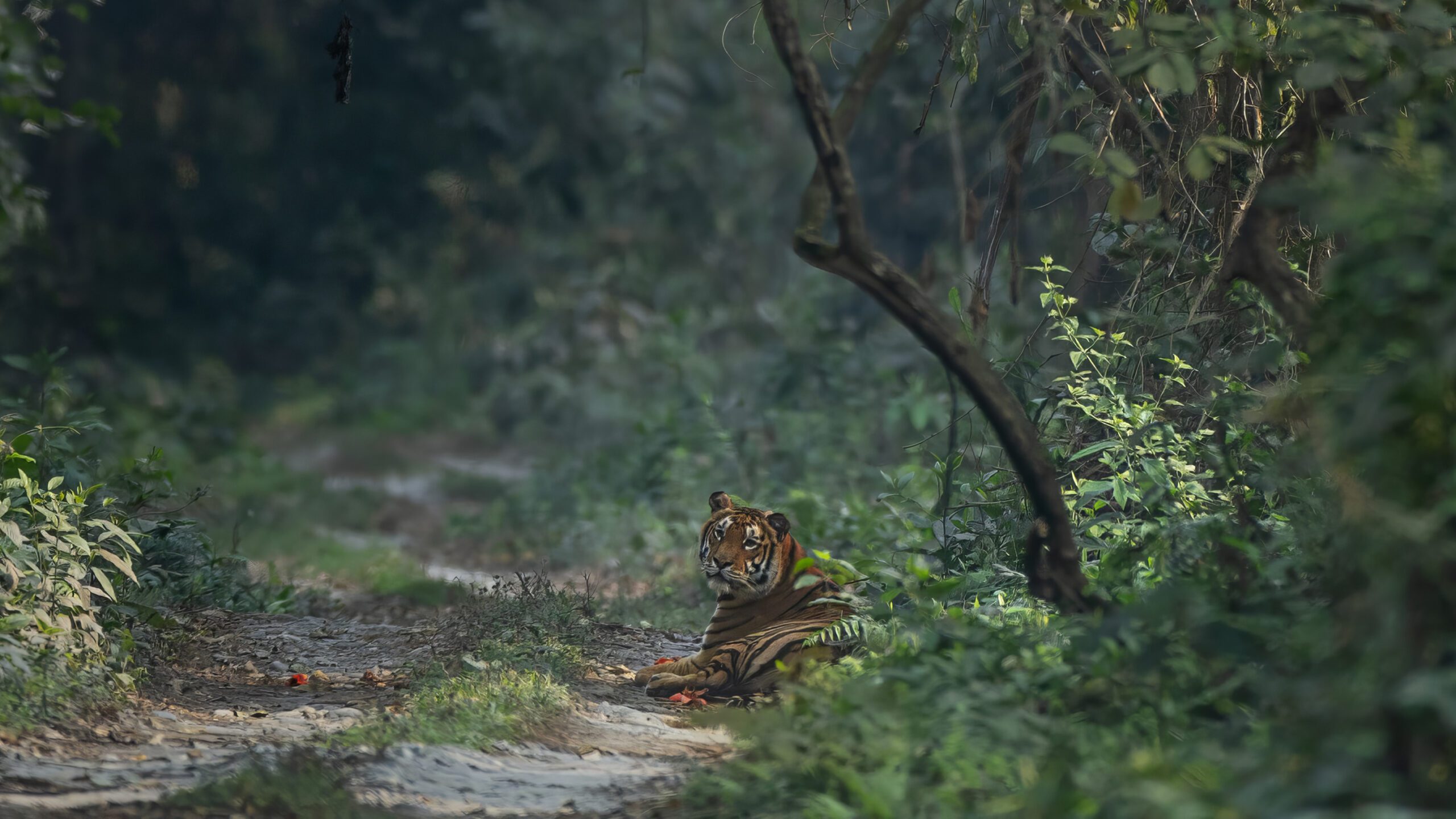HISTORY OF MANAS NATIONAL PARK
Manas National Park, a UNESCO World Heritage Site, is one of India’s most pristine and biodiverse wildlife reserves. Located in Assam, this park was designated as a wildlife sanctuary in 1928 and later upgraded to a National Park in 1990. It is also a Project Tiger Reserve and a Biosphere Reserve, highlighting its immense ecological importance. Manas derives its name from the Manas River, which flows through the park and originates in Bhutan. This transboundary river and the park’s contiguous landscape with the Royal Manas National Park in Bhutan create a vast, uninterrupted wilderness for wildlife conservation.
WHY VISIT MANAS NATIONAL PARK?
Manas is a dream destination for birders, wildlife photographers, and nature lovers alike. Unlike other popular national parks, Manas offers a raw, untamed experience with fewer crowds and unparalleled biodiversity. Whether you’re looking to spot the rare and endangered Bengal Florican, track elusive tigers, or simply soak in the breathtaking landscapes, Manas has something for everyone. The park’s diverse habitats, ranging from grasslands and wetlands to dense forests, support an incredible variety of birds and mammals.
THE BENGAL FLORICAN – A JEWEL OF MANAS
The Bengal Florican (Houbaropsis bengalensis) is one of the most critically endangered birds in the world, according to the IUCN Red List. This elusive bustard species is primarily found in the grasslands of the Indian subcontinent, with Manas National Park being one of its last strongholds. Due to extensive habitat loss and degradation, its population has drastically declined, making conservation efforts crucial.
- Best Time to See: Mid-February to Mid-March, when males perform spectacular display flights.
- Habitat: Tall grasslands and open plains.
- Threats: Habitat destruction, agricultural expansion, and poaching.
Seeing a Bengal Florican in Manas is a once-in-a-lifetime experience, making it a must-visit destination for serious birders and conservation enthusiasts.
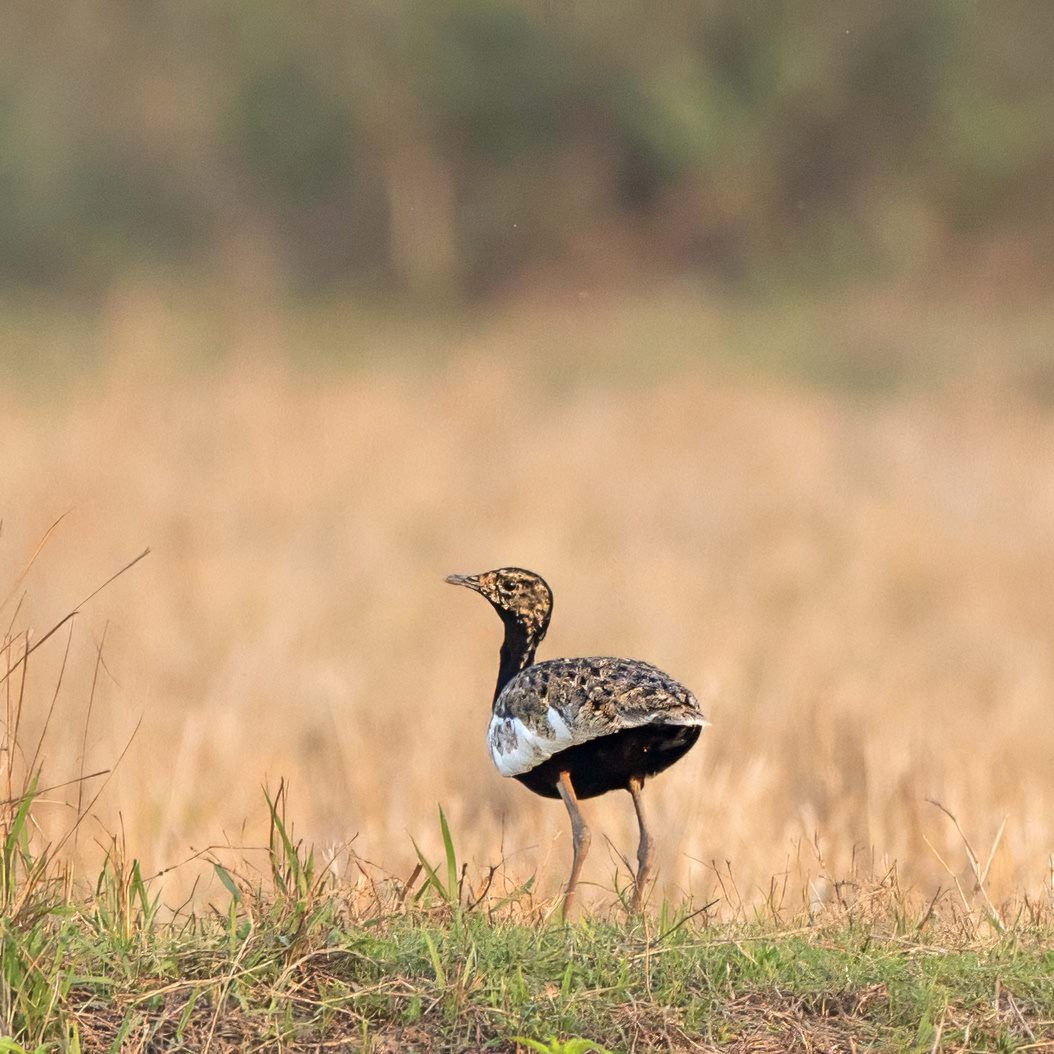
ROYAL BENGAL TIGER – THE APEX PREDATOR OF MANAS
Manas National Park is home to the majestic Royal Bengal Tiger (Panthera tigris tigris), one of India’s most iconic big cats. As a Project Tiger Reserve, Manas plays a crucial role in tiger conservation. While tigers here are elusive due to the dense terrain and vast grasslands, lucky visitors might spot these magnificent predators along forest paths, riverbanks, or near their prey.
- Best Time to Spot Tigers: Winter months (November to April) when visibility improves, and tigers are more active in search of prey.
- Tiger Conservation in Manas: The park has seen a steady increase in tiger numbers due to improved protection and habitat restoration efforts.
- Notable Sightings: Manas is one of the few places where you can observe a tiger in a unique mix of grasslands and riverine forest, making for breathtaking photographic opportunities.
For wildlife photographers and big cat enthusiasts, tracking a Royal Bengal Tiger in the wild landscapes of Manas is a thrilling experience that should not be missed.
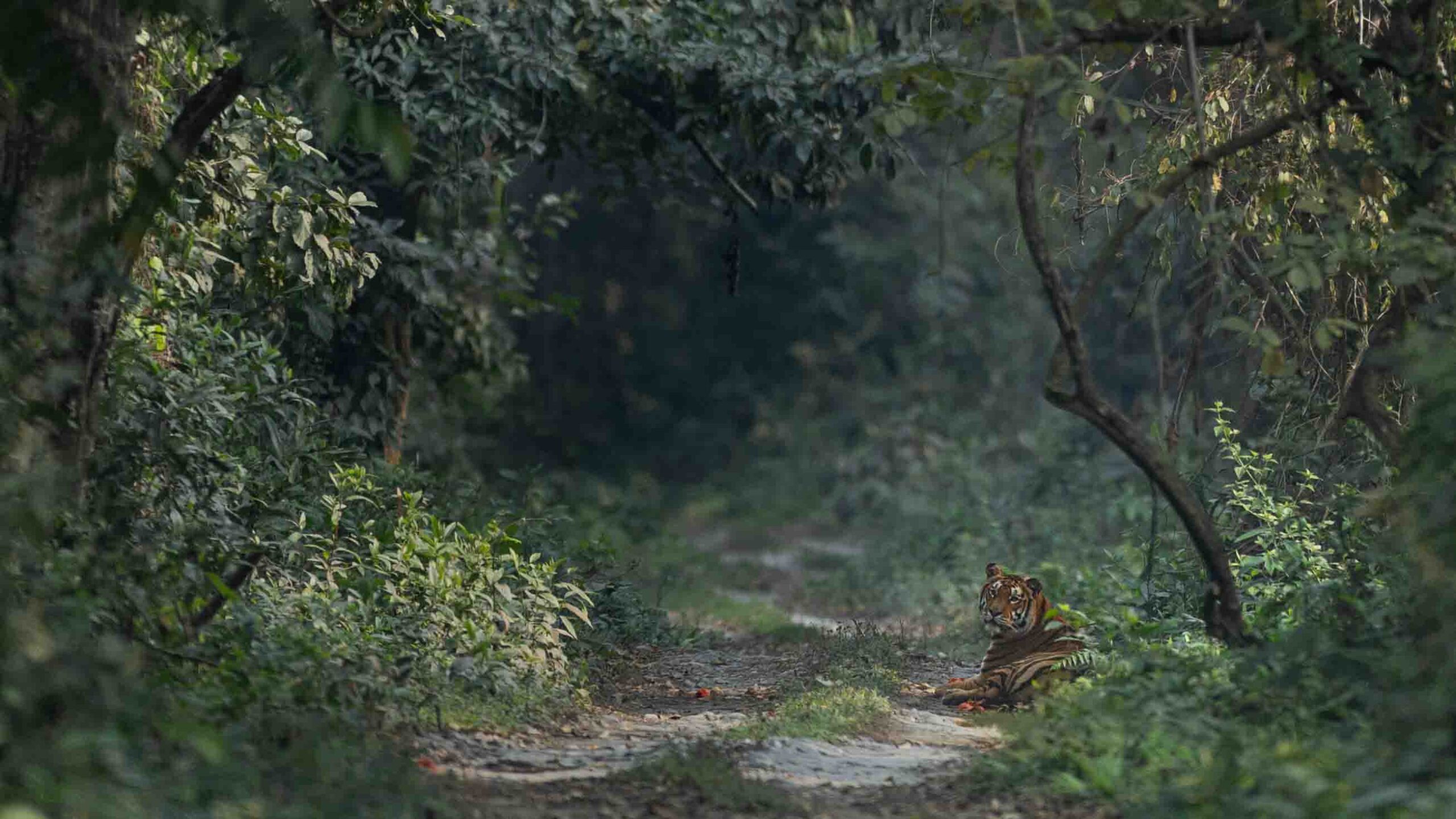
BEST SEASONS FOR BIRDING IN MANAS
- Mid-February to Mid-March: The best time to spot the critically endangered Bengal Florican, as males perform their display flights in open grasslands.
- Winter (November to February): A paradise for winter migratory birds such as ducks, geese, and raptors.
- Summer Migration (Mid-March to May-end): An exciting time when birds start their northward migration, bringing in unique sightings of passage migrants.
BIRDS AND MAMMALS OF MANAS
Commonly Found Birds:
- Bengal Florican (Best seen from mid-February to mid-March)
- Rufous-necked Hornbill
- Great Hornbill
- Blue-naped Pitta
- Ibisbill
- Jerdon’s Babbler
- Black-tailed Crake
- Swamp Francolin
- Falcated Duck (Winter migrant)
- Pied Harrier
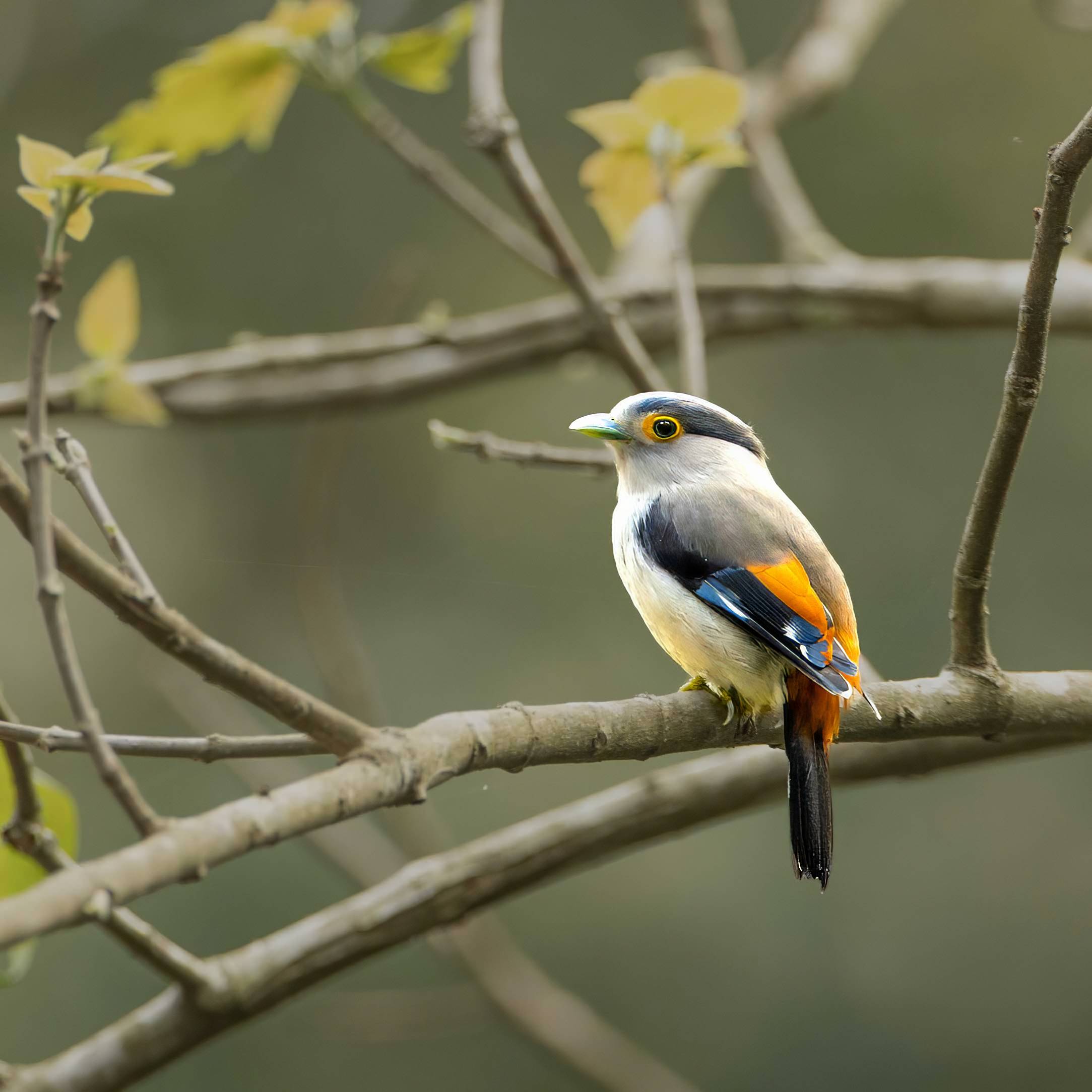
Mammals You Can Spot:
- Royal Bengal Tiger
- Indian One-horned Rhinoceros
- Asian Elephant
- Clouded Leopard
- Leopard
- Golden Langur (Endemic to this region)
- Hog Deer
- Gaur (Indian Bison)
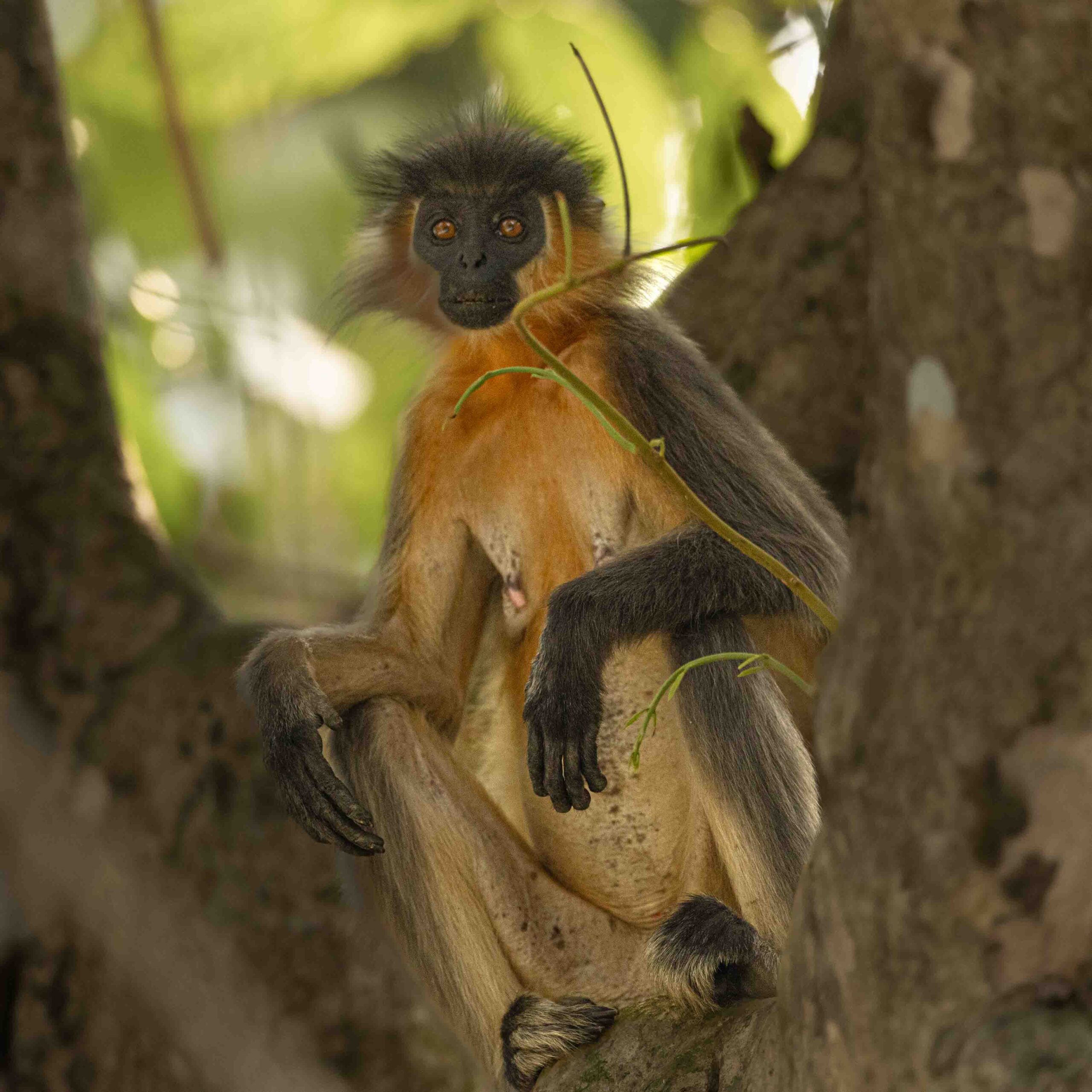
ENHANCE YOUR MANAS TRIP WITH BHUTAN
A visit to Manas is incomplete without exploring Royal Manas National Park in Bhutan. Since Manas shares its wilderness with Bhutan, crossing the border gives you an extended experience of this breathtaking ecosystem. Bhutan’s Manas region offers a higher chance of seeing Golden Langurs, clouded leopards, and pristine riverine landscapes. You can combine your trip with a cultural visit to Bhutan, exploring monasteries, traditional villages, and the stunning landscapes of this Himalayan kingdom.
MANAS TRIP REPORTS
Get a firsthand look at the birding experiences in Manas across different seasons:
- February 2025 Trip Report: Click here to view
- May 2024 Trip Report: Click here to view
These reports provide a detailed list of species observed, helping you plan your visit based on the best time for specific bird sightings.
WHY CHOOSE WOW FOR YOUR MANAS TOUR?
At World of Wild (WoW), we ensure an unforgettable experience tailored to your interests. Whether you are a wildlife photographer, a nature lover, or traveling with family, our expert-led tours guarantee the best sightings and a seamless travel experience. Our well-planned itineraries, local expertise, and deep understanding of Manas’s wildlife make us the best choice for your next adventure.
Book your Manas tour with WoW today and experience the wild like never before!

